What is Focal Length?
The focal length is the distance between the lens and the image sensor when the subject is in focus. The higher the number, the more zoomed your lens will be. The focal length measurement tells the photographer what the angle of view will be (how wide of an area is visible in the picture) and the magnification of far away objects in the photo.
For example:
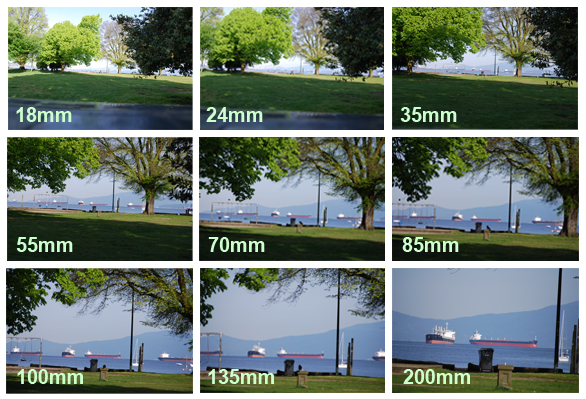
Here is a website which explains the different focal lenses and what they are used for:
What Is Focal Length? (And Why It Matters in Photography)
How does manual focus differ from auto focus?
Autofocus is when the camera does the focusing for you based on the focal points you’ve chosen. If you are using full auto you won’t have much say in where your camera decides to focus.
When it comes to manual focus, no manipulation is necessary: The control is solely in the user’s hands. It perhaps takes a little more patience, but if you like having total control over your images, it’s the better choice.
When can manual focus better than auto focus?
- Macro work
- Portraits
- Shooting through glass or wire fence
- Action
- Low light
Switching to manual focus will give you complete control to enable this rather than having to line up the focusing points on your camera on the eyes prefocussing by pressing halfway down and then having to frame your shot.
http://www.peachpit.com/articles/article.aspx?p=2264647&seqNum=6
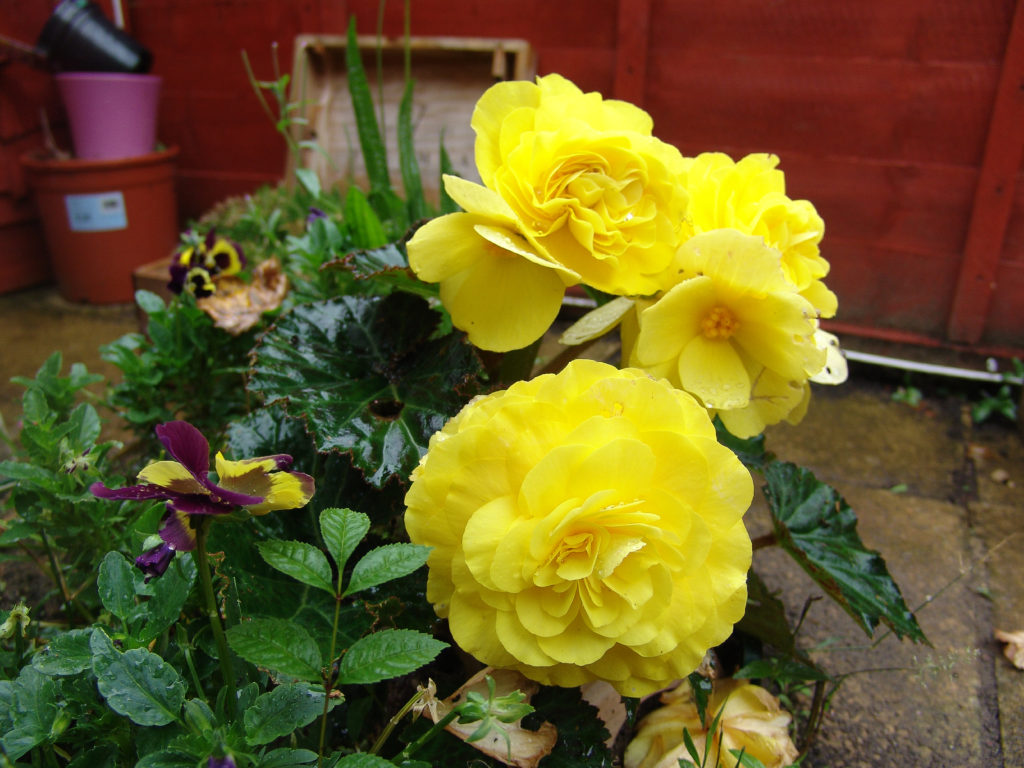
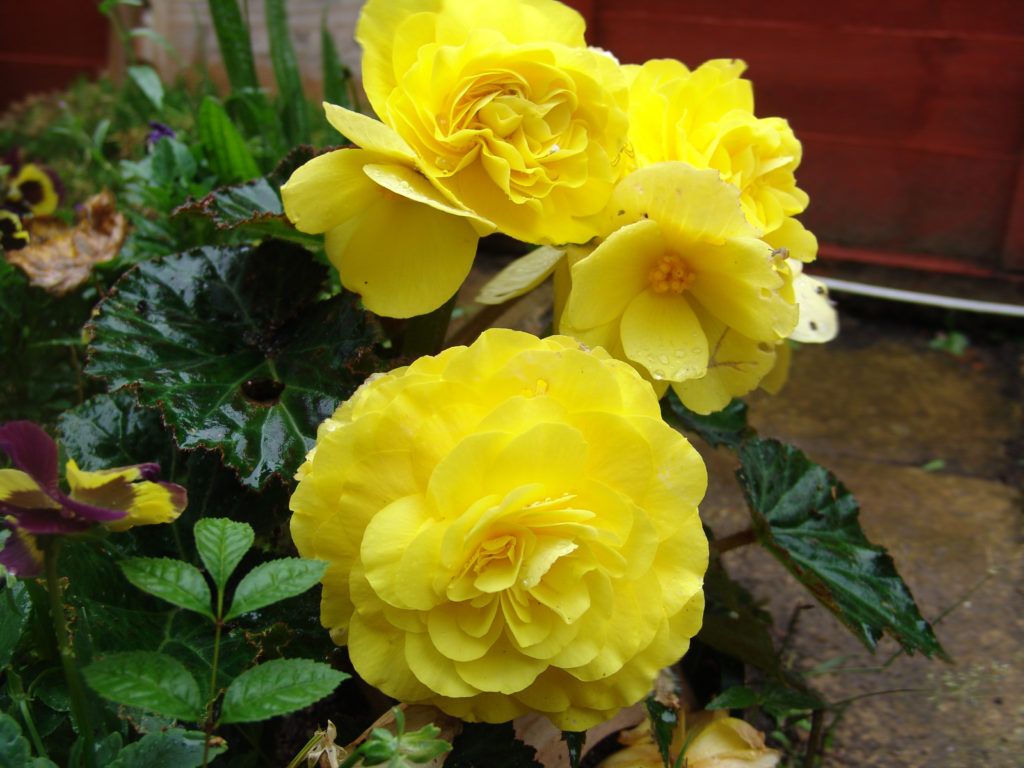


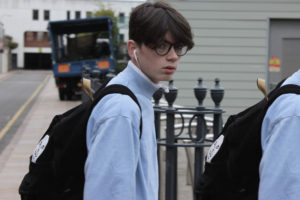
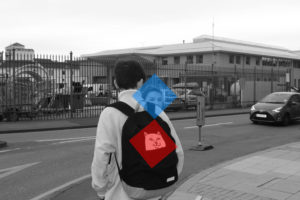
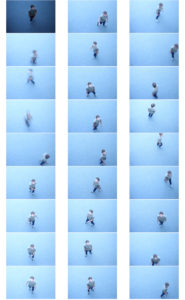 My favourite photo from the shoot is the one below, which I have added a purple hue to, to enhance the colours and separate the blur. This is my favourite due to the fact that starting at the feet, you can make out exactly what you are looking at but as you go further up the image it becomes more abstract and unpredictable.
My favourite photo from the shoot is the one below, which I have added a purple hue to, to enhance the colours and separate the blur. This is my favourite due to the fact that starting at the feet, you can make out exactly what you are looking at but as you go further up the image it becomes more abstract and unpredictable.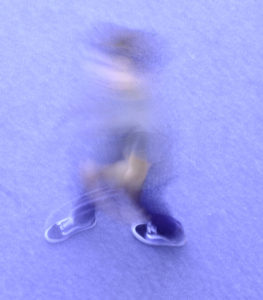



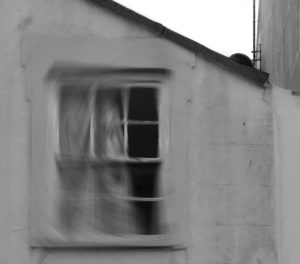
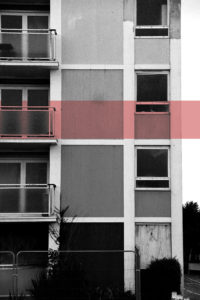
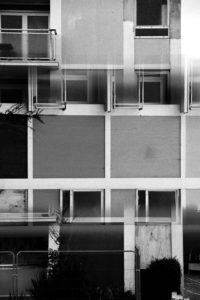 In the first edit I added a blur effect over the whole image as a layer, then removed what i wanted to be in focus and kept what I wanted to be blurred.
In the second edit I created a rectangular shape and filled it with colour. This is a simple yet effective edit.
In the third edit I copied the image and rotated the image on its side. I then used the paintbrush to make the photograph seem like it is fading away.
In the first edit I added a blur effect over the whole image as a layer, then removed what i wanted to be in focus and kept what I wanted to be blurred.
In the second edit I created a rectangular shape and filled it with colour. This is a simple yet effective edit.
In the third edit I copied the image and rotated the image on its side. I then used the paintbrush to make the photograph seem like it is fading away.